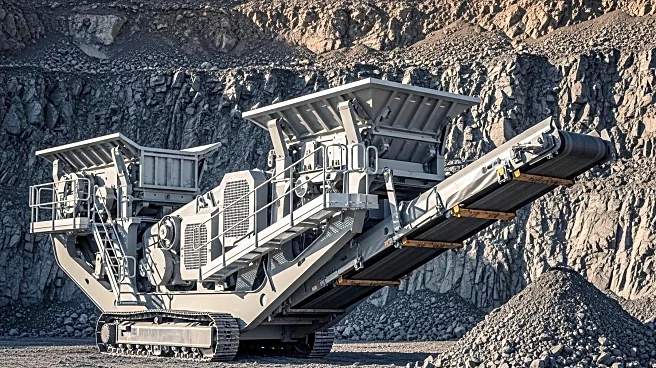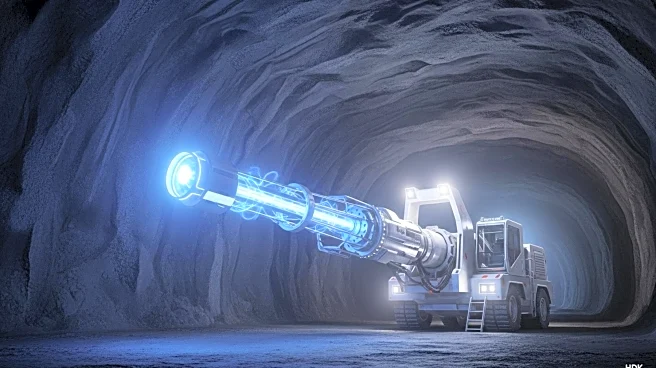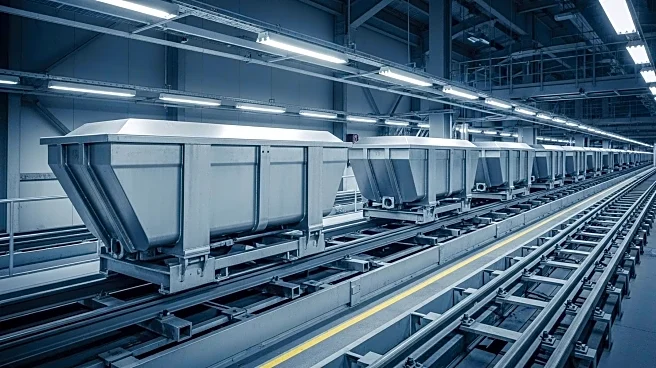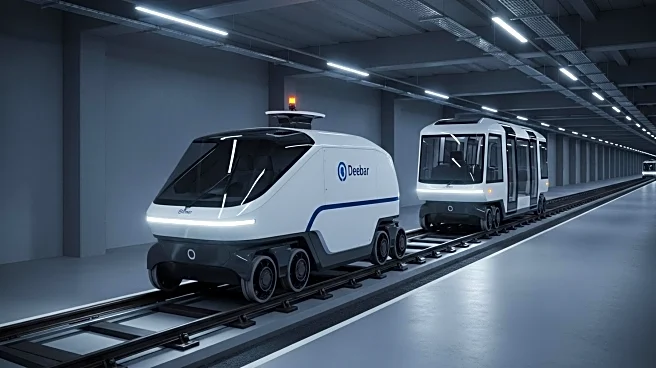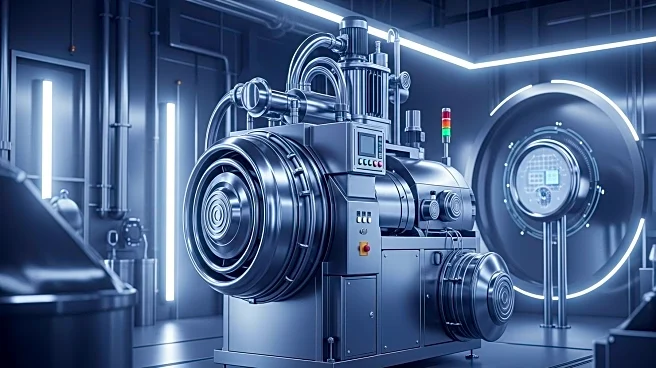What's Happening?
Tharisa, a producer of platinum-group metals and chrome concentrates, is advancing its transition from open-pit to underground operations at its namesake mine in the North West province. This strategic shift aims to enhance operational efficiency, environmental stewardship, and long-term value creation. The underground expansion is designed to sustain production for over 50 years, leveraging mineral reserves that extend beyond the current open-pit shell. The company plans to deplete open-pit operations by the 2035 financial year, while existing processing facilities with a capacity of 5.6 million tonnes per year ensure production scalability. The underground mined ore from the West Mine (Apollo Complex) and East Mine (Orion Complex) will be integrated from 2031, maintaining and potentially exceeding the current processing capacity. Tharisa has opted for a mining contractor model, with transitional capital for the dual project development estimated at $547 million, financed through internal cash and external funding.
Why It's Important?
The underground expansion by Tharisa represents a significant move towards sustainable mining practices, potentially setting a precedent for other mining operations. By extending the mine's life beyond 50 years, Tharisa is ensuring long-term economic benefits and job security in the region. The project is expected to enhance operational efficiencies and reduce environmental impact, aligning with global trends towards more responsible resource extraction. The investment in underground mining could also stimulate technological advancements and innovation within the industry, offering growth opportunities through smarter mining techniques and reduced dilution. Stakeholders, including local communities and environmental groups, may view this development positively due to its focus on sustainability and long-term value creation.
What's Next?
Tharisa's phased approach to underground expansion will involve sequential development of the Apollo and Orion complexes, with a combined production rate of 510,000 tonnes per month. The company plans to utilize a bord and pillar design to support safe and cost-effective ramp-up, ensuring long-term operational efficiency. As the project progresses, Tharisa will likely engage with stakeholders to address any concerns related to environmental impact and community benefits. The successful implementation of this expansion could lead to further investments in similar projects, reinforcing Tharisa's position as a leader in sustainable mining practices.
Beyond the Headlines
The transition to underground mining by Tharisa could have broader implications for the mining industry, particularly in terms of environmental stewardship and technological innovation. The focus on reducing waste and capital intensity while maintaining high standards of health and safety may influence industry standards and regulatory frameworks. Additionally, the project's emphasis on long-term value creation and operational efficiency could drive competitive advantages, encouraging other companies to adopt similar strategies. This shift may also contribute to a cultural change within the industry, prioritizing sustainability and responsible resource management.


